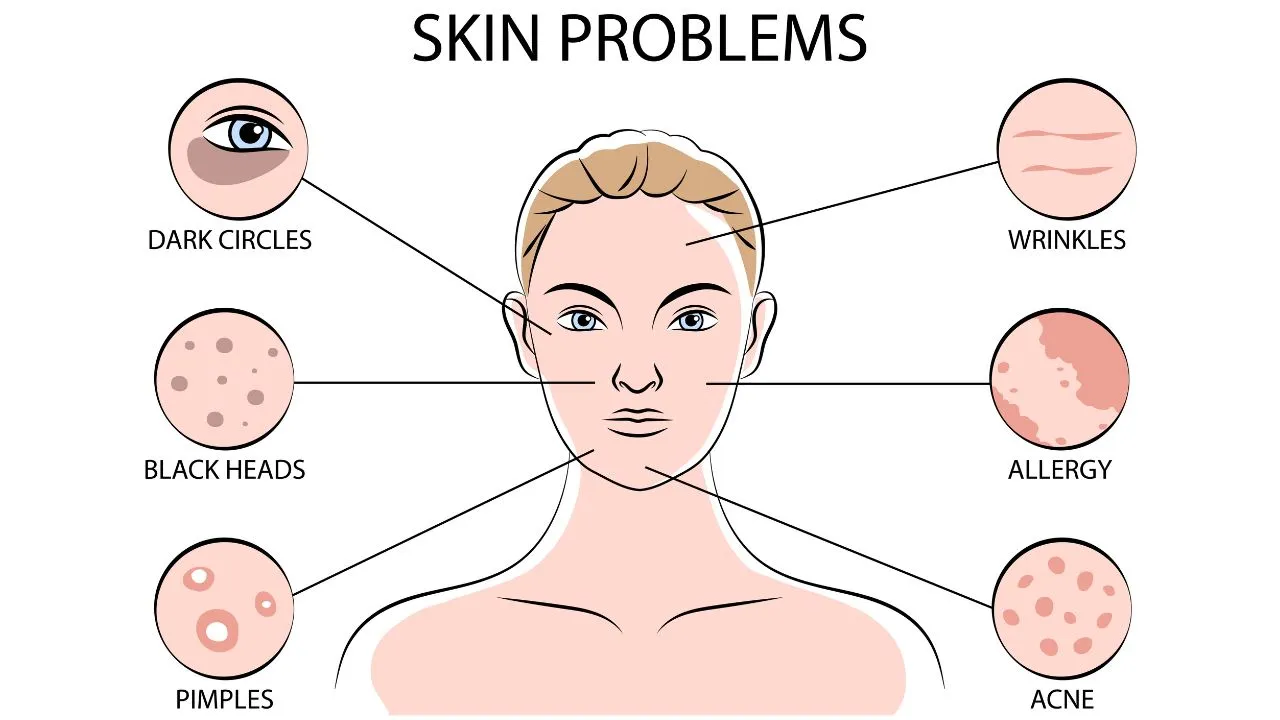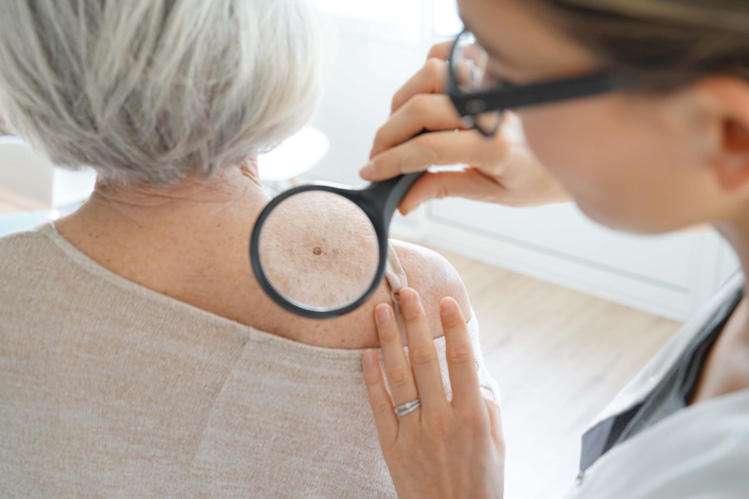Visit a specialized hair loss expert to help you with effective solutions and treatments.
Visit a specialized hair loss expert to help you with effective solutions and treatments.
Blog Article
Browsing Skin Cancer Treatment: The Crucial Duty of Mohs in Modern Dermatology Practices
Skin cancer cells, a difficult medical diagnosis, commonly leaves people facing various treatment alternatives. Among these, Mohs surgery stands as a beacon in modern-day dermatology, renowned for its meticulous approach to cancer elimination and preservation of surrounding healthy tissue. This cutting-edge practice promises not only superior cosmetic results yet likewise provides immediate results, reducing client anxiety. As we discover the complexities of this treatment, one will certainly value its pivotal duty in skin cancer treatment.
Understanding Skin Cancer: Kinds and Threats
Skin cancer, a possibly life-threatening malady, is even more common than many individuals realize. This disease, triggered by the unrestrained development of abnormal skin cells, primarily results from DNA damage because of direct exposure to the sunlight and ultraviolet (UV) light. There are 3 major sorts of skin cancer: Basic cell carcinoma, Squamous cell carcinoma, and Cancer malignancy. While the previous two are less dangerous and make up the bulk of diagnosed cases, cancer malignancy is one of the most harmful. It accounts for just about 1% of skin cancer cells instances yet causes the large bulk of skin cancer deaths - hair loss. Threat factors include reasonable skin, background of sunburn, extreme sun exposure, living at high altitudes or close to the equator, having several moles, a family background of skin cancer, and weakened body immune system.
What Is Mohs Surgery and Exactly How It's Reinventing Skin Cancer Treatment
Regardless of the countless therapies currently readily available for skin cancer, Mohs surgical procedure attracts attention as a groundbreaking and highly reliable remedy. Called after Frederic E. Mohs, the physician who created the treatment, Mohs surgical procedure is an exact surgical technique made use of to deal with skin cancer cells. Throughout the procedure, thin layers of cancer-containing skin are gradually removed and taken a look at till just cancer-free cells stays. This method enables the cosmetic surgeon to confirm that all cancer cells have been removed at the time of surgery. This degree of accuracy, combined with the capacity to save as much healthy cells as possible, is reinventing skin cancer cells therapy. Consequently, Mohs surgery has actually become a keystone of contemporary dermatology methods.
The Advantages of Mohs Surgical Procedure Over Conventional Skin Cancer Therapies
Structure on the cutting-edge nature of Mohs surgical procedure, it's critical to consider its many benefits over standard skin cancer treatments. Unlike guidelines, Mohs uses a higher try here treatment rate, frequently getting to 99% for novice treatments and 94% for recurring cancers. This accuracy results from its unique technique of considerably eliminating and checking out tissue layers till only cancer-free cells continue to be (skin cancer). Additionally, it minimizes damages to healthy and balanced skin, resulting in less scarring and boosted aesthetic outcomes. Mohs also offers instant outcomes, eliminating the anxiety-ridden wait common with various other techniques. It's cost-effective, as the surgical procedure and tiny exam take place simultaneously, removing the demand for added lab services. Hence, Mohs represents a considerable innovation in dermatological practices.
The Procedure of Mohs Surgery: What to Anticipate Throughout the Process

Possible Negative Effects and Post-Operative Care of Mohs Surgical Procedure
Undergoing Mohs surgical procedure, like any kind of other procedure, includes possible adverse effects that individuals must understand. Usual adverse effects include discomfort, bruising, and swelling at the surgical procedure website. Nevertheless, these are normally temporary and manageable with over-the-counter pain medication and ice packs. In unusual situations, clients may experience infection, bleeding, or an allergic response to the anesthetic. Post-operative treatment is important to recovery and lessening adverse effects. This usually includes maintaining the wound tidy and completely dry, taking proposed drugs, and avoiding difficult activities. Individuals should go to my blog additionally participate in all follow-up appointments for wound treatment and surveillance. In many cases, extra therapies might be required to ensure total removal of the cancerous cells. Following these post-operative care standards can greatly boost recovery and end results.
Verdict

Report this page